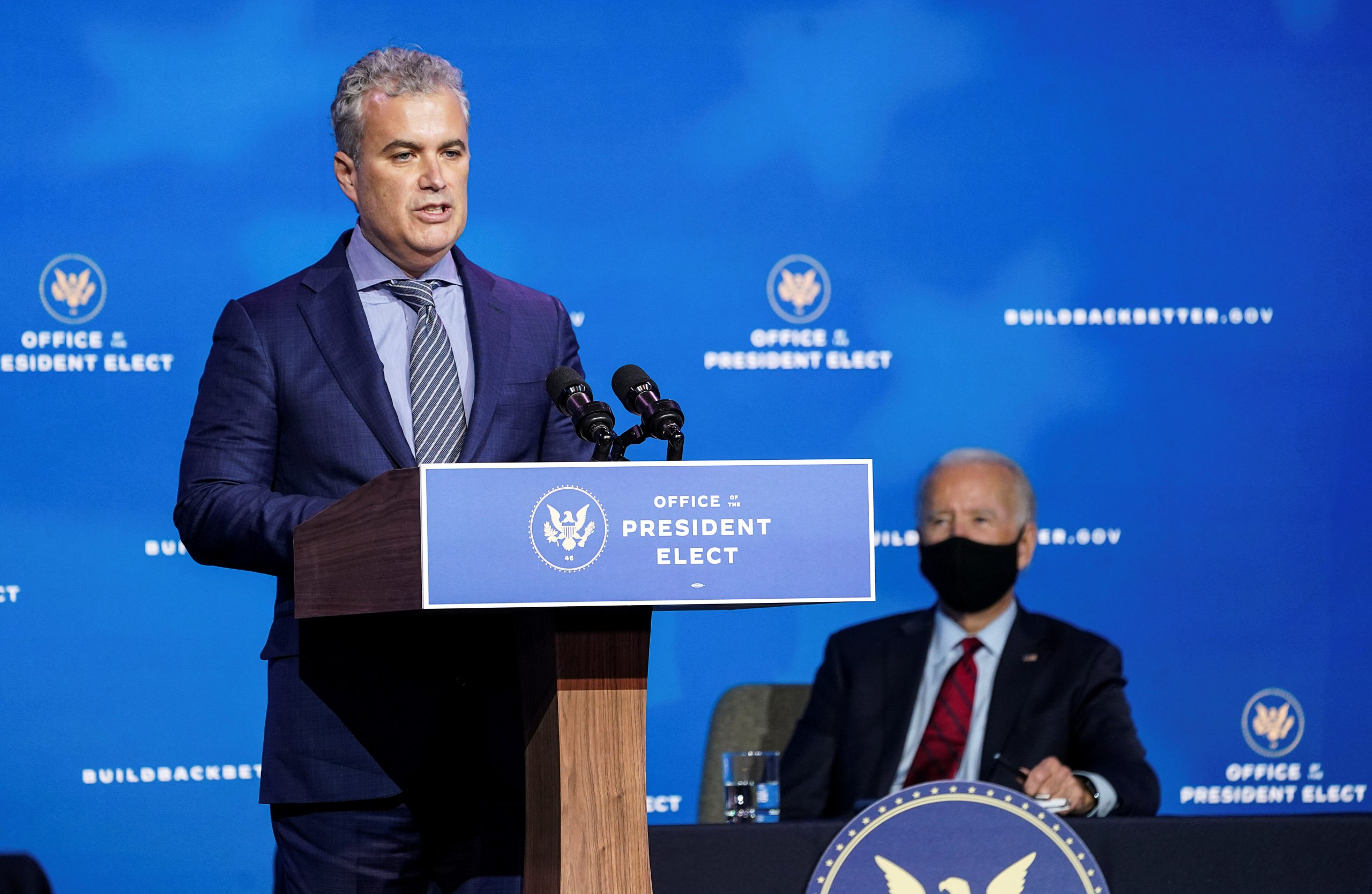
Ian Patrick, FISM News
[elfsight_social_share_buttons id=”1″]
Fresh off the State of the Union address given by President Joe Biden on Tuesday, the White House recently unveiled its new detailed plan on how the federal government will be tackling future outbreaks of COVID-19. Perhaps the most noteworthy item of the plan is Biden’s pledge to provide free antiviral pills for those who test positive for COVID.
The National COVID-19 Preparedness Plan was announced during Wednesday’s White House COVID-19 Response press briefing by Response Coordinator Jeff Zients.
Tune in now as Jeff Zients, HHS Secretary Xavier Becerra, Dr. Fauci, and Dr. Walensky announce the National COVID-19 Preparedness Plan – a roadmap that will enable us to move forward safely and get back to our more normal routines. https://t.co/FZ7egFYnyM
— White House COVID-19 Response Team (@WHCOVIDResponse) March 2, 2022
The plan rests on four main goals: protecting against and treating COVID, preparing for any new variants, preventing economic and school shutdowns, and vaccinating the world.
The plan clarifies that this outline does not mean living with the virus “any more than we accept ‘living with’ cancer, Alzheimer’s, or AIDS.”
“We will continue our work to stop the spread of the virus, blunt its impact on those who get infected, and deploy new treatments to dramatically reduce the occurrence of severe COVID-19 disease and deaths,” it continues.
For protecting and treating COVID-19, the White House aims to try and “vaccinate America’s youngest children” following FDA approval while ensuring the vaccines for all Americans remain free and that we can continue producing 1 billion doses per year. This step also relies heavily on treatment options and a “Test to Treat” initiative to provide free testing for COVID-19 and treatment pills if needed.
We’re launching the “Test to Treat” initiative, so people can get tested at a pharmacy and if they’re positive, receive antiviral pills on the spot at no cost.
— President Biden (@POTUS) March 2, 2022
The second step is said to rely on research and development, including a playbook to “assess the disease severity and transmissibility of a new variant . . . and to expedite the rapid laboratory evaluation of the effectiveness of vaccines, tests, and treatments against any variant.” It also aims to stockpile masks, at-home tests, and antiviral pills.
The third goal of preventing economic and school shutdowns focuses on providing more supplies to combat COVID-19 and its variants, like supplying ventilation and air filtration and testing. It also aims to provide paid sick leave for those who get COVID-19 or are caring for one who has it and “ensure safer workplaces” through updated guidelines.
The target of vaccinating the world, meanwhile, takes the federal government’s national vaccination drive and applies it beyond national borders by “working with partner countries” in its Initiative for Global Vaccine Access to donate and administer a committed 1.2 billion doses. The White House also plans to make “emergency supplies” like PPE, oxygen, and testing available for other nations.
These systems do rely solely on “Congress doing its part to invest in tools that work,” according to the plan. Reuters reported that people “familiar with the matter last month said the Biden administration was seeking another $30 billion from Congress” in order to implement this plan.
Senator Mitt Romney (R-UT) questioned this new funding, asking on Twitter for “a full accounting of how the government has allocated trillions in taxpayer funds to combat the pandemic before we could even consider supporting this request.”
Romney, along with 35 other Republican senators including Mitch McConnell (R-KY) and Ted Cruz (R-TX), sent a letter to the White House asking for accountability on the $6 trillion total in COVID-19 spending and allocation, which includes funding before Biden took office.
Before we would consider supporting an additional $30 billion for COVID-19 relief, Congress must receive a full accounting of how the government has already spent the first $6 trillion.
